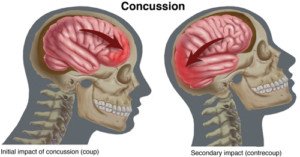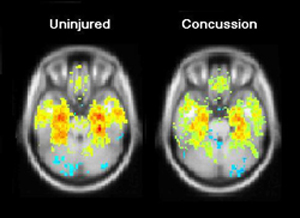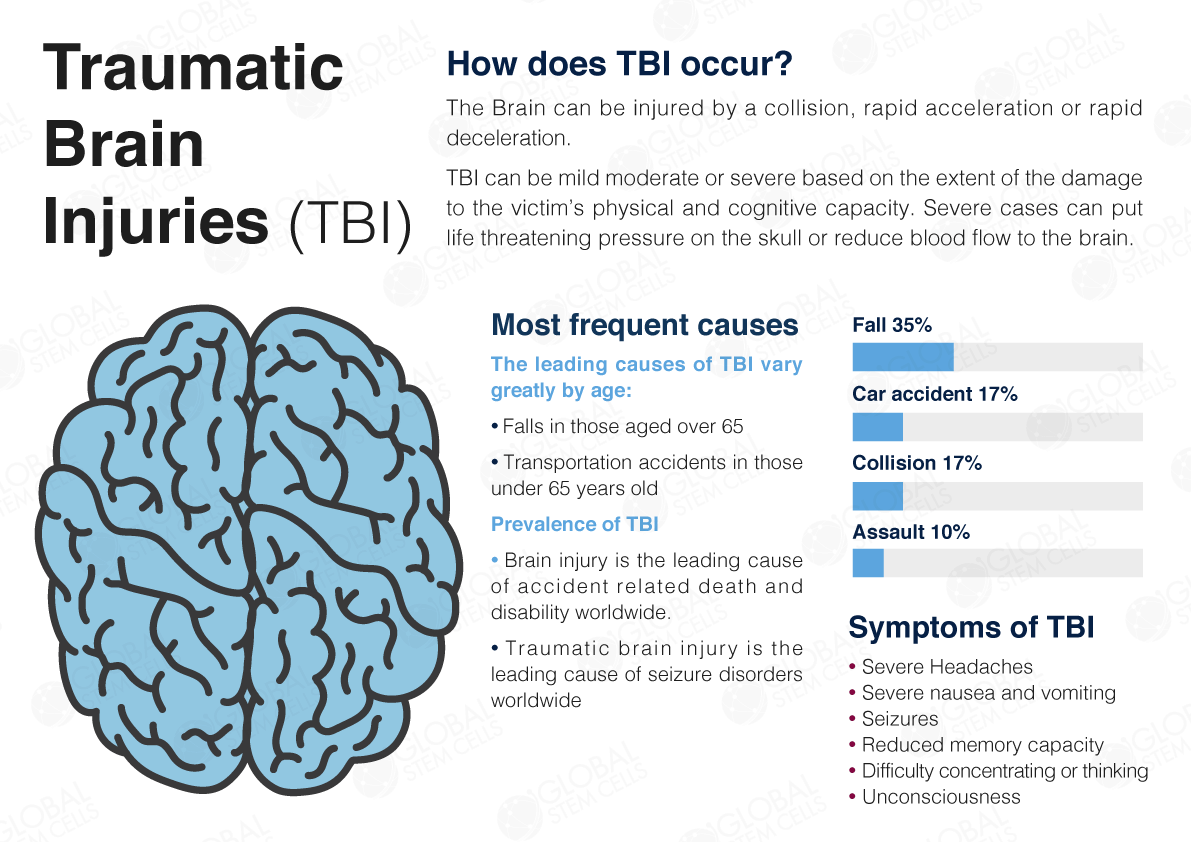Case control study: hyperbaric oxygen treatment of mild traumatic brain injury persistent post-concussion syndrome and post-traumatic stress disorder
Blast-induced traumatic brain injury (TBI) and post-traumatic stress disorder (PTSD) remain the two most common afflictions of U.S. military service personnel who served in the Iraq and Afghanistan Wars. A Rand Report1 estimates that 300,000 (18.3%) of 1.64 million military service members who have deployed to these war zones have PTSD or major depression and 320,000 (19.5%) have experienced a TBI. Overall, approximately 546,000 have one of the three diagnoses and 82,000 have symptoms of all three [Note: For the present study the authors are using the Rand Report1‘s definitions of TBI (from the Centers for Disease Control and Prevention 2008): “a trauma to the head that either temporarily or permanently disrupts the brain’s function,” mild TBI (mTBI): “a Glasgow Coma Scale of 13-15… (The Glasgow Coma Scale is a 15 point scale that measures a patient’s best eye-opening, motor, and verbal responses),” and PTSD: “an anxiety disorder that occurs after a traumatic event in which a threat of serious injury or death is experienced or witnessed and to which the individual’s response involved intense fear, helplessness, or horror.” mTBI disruption of brain function lasting longer than 3–6 months is the persistent post-concussion syndrome (PPCS), according to Diagnostic and Statistical Manual IV-Text Revised (DSM-IV-TR) criteria listed in the Methods Section. PPCS is synonymous with the diagnosis of TBI used in military medical reports quoted herein].


In conclusion, a 30-day course of 40 HBOT treatments delivered at 152 kPa/60 minutes, twice/day, 5 days/week, to military subjects with PPCS of mild-moderate blast-induced TBI with or without PTSD was safe with no persistent adverse events. Acute adverse events were more common than in other studies and the investigator’s historical experience but were felt to be due to the intense dosing schedule. Subjects experienced significant improvements in PPCS and PTSD symptoms, physical exam abnormalities, cognition, depression, anxiety, quality of life, and brain blood flow that cannot be explained with non-treatment effects; they are more consistent with the known wound-healing effects of HBOT on the diffuse cerebral microscopic wounds of TBI. Moreover, symptomatic improvements increased further during the 6-month post-treatment period. Compared to the matched Controls, TBI/PTSD subjects’ brain blood flow was abnormal, but became visually more normal and statistically near-indistinguishable from Controls after 1 and 40 HBOTs. The main blood flow abnormalities and changes in blood flow after HBOT were in the white matter, the primary site of injury in mTBI. Simultaneously and most importantly, subjects experienced a significant reduction in suicidal ideation and anxiety, possibly the most significant finding in the study given the current veteran suicide epidemic. At the same time they were able to discontinue or decrease the dosage of their psychoactive medications and 52% no longer met the criteria for PTSD. These data comprise the strongest evidence and only treatment to date for the combined diagnoses of blast-induced PPCS with PTSD, and thus represent the best evidence-based medicine111 for these dual-diagnoses.


